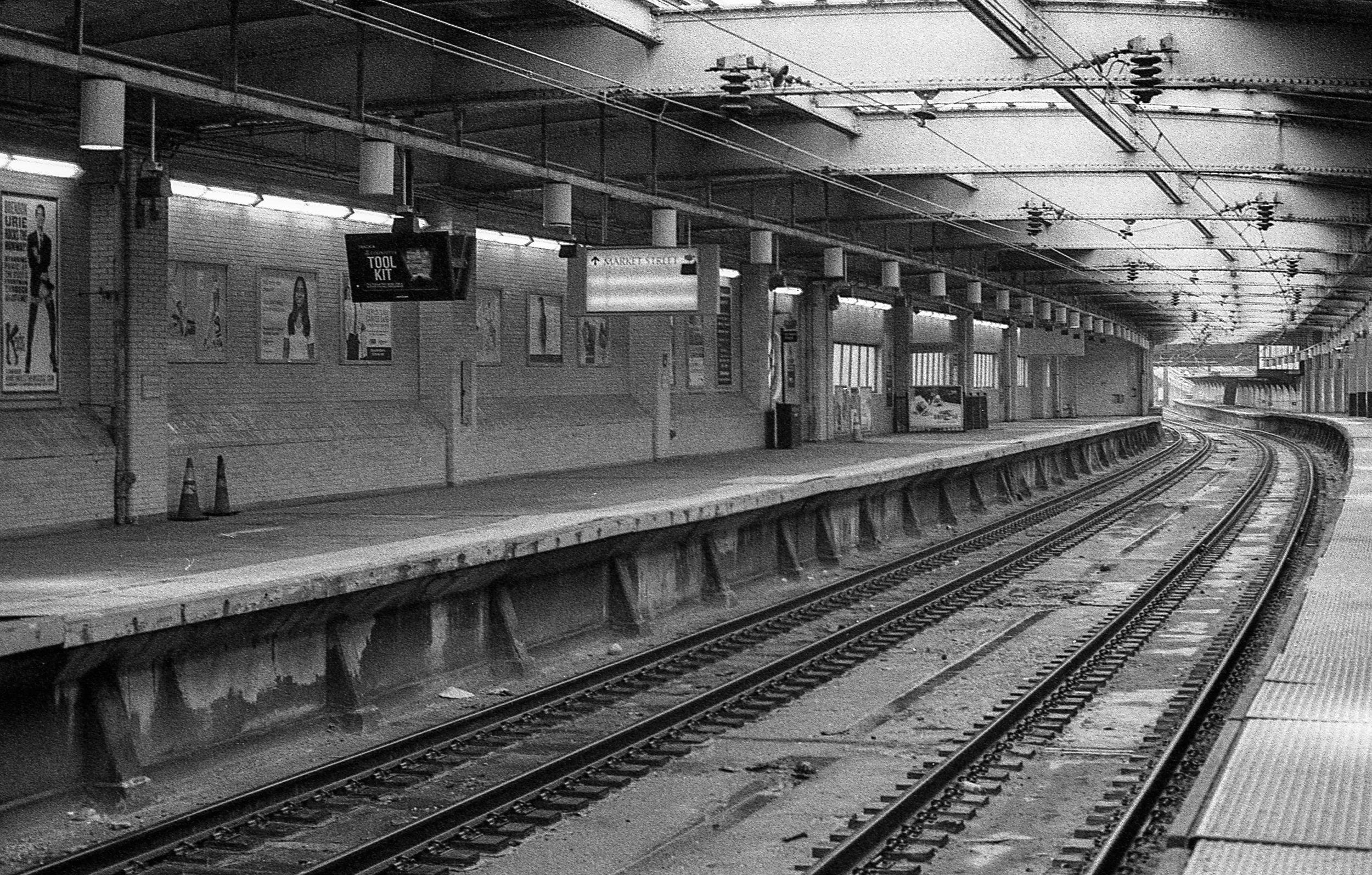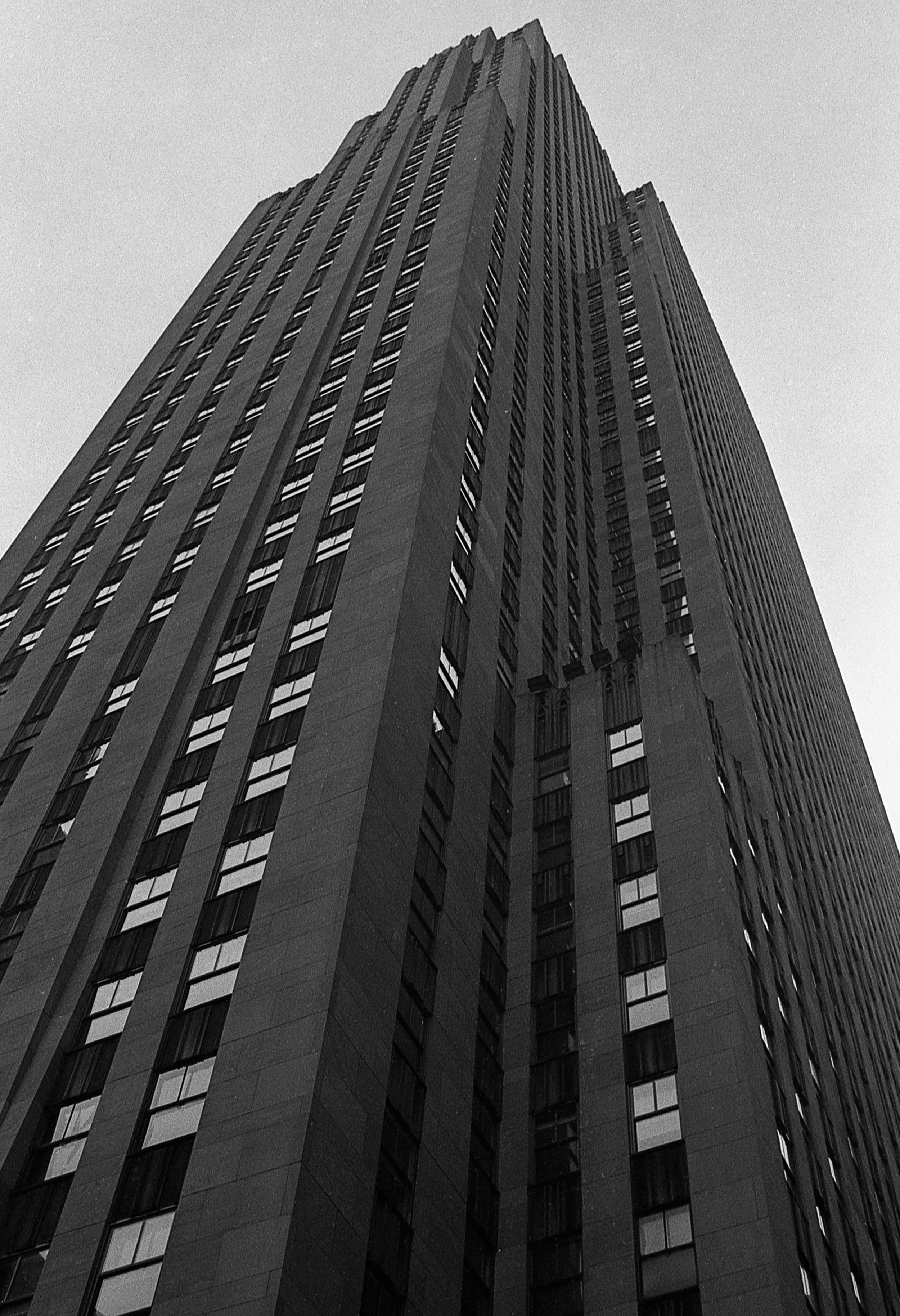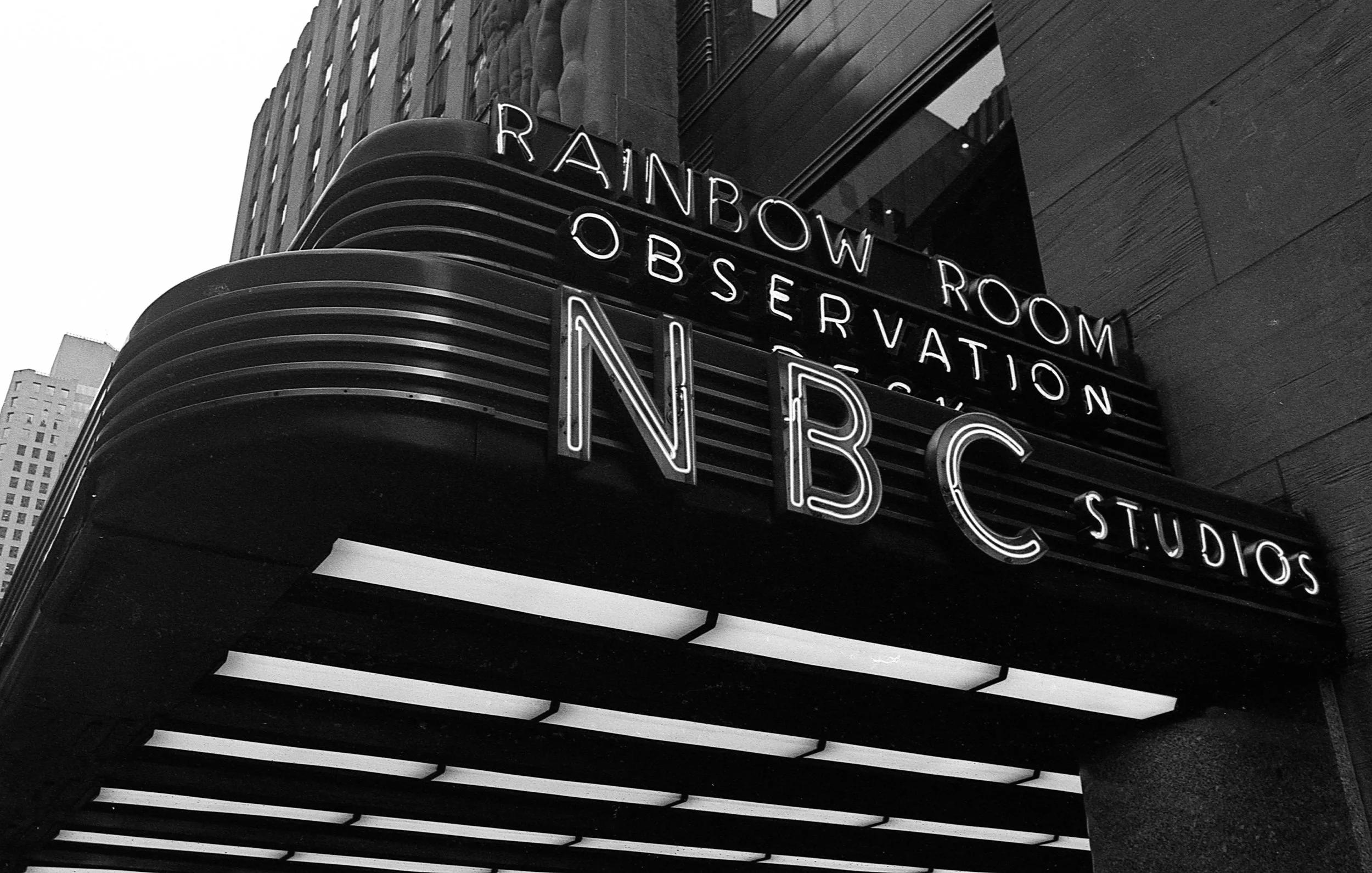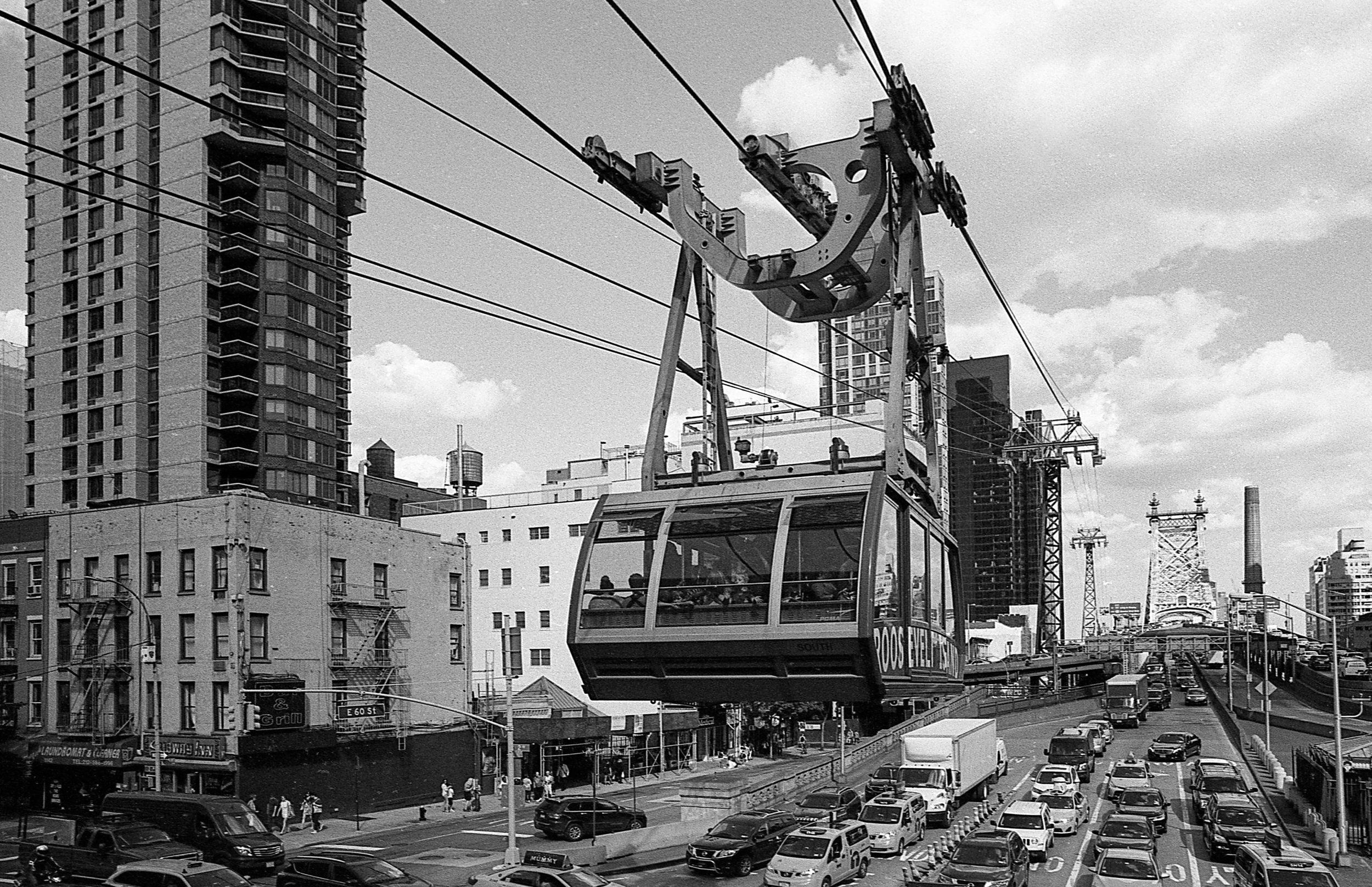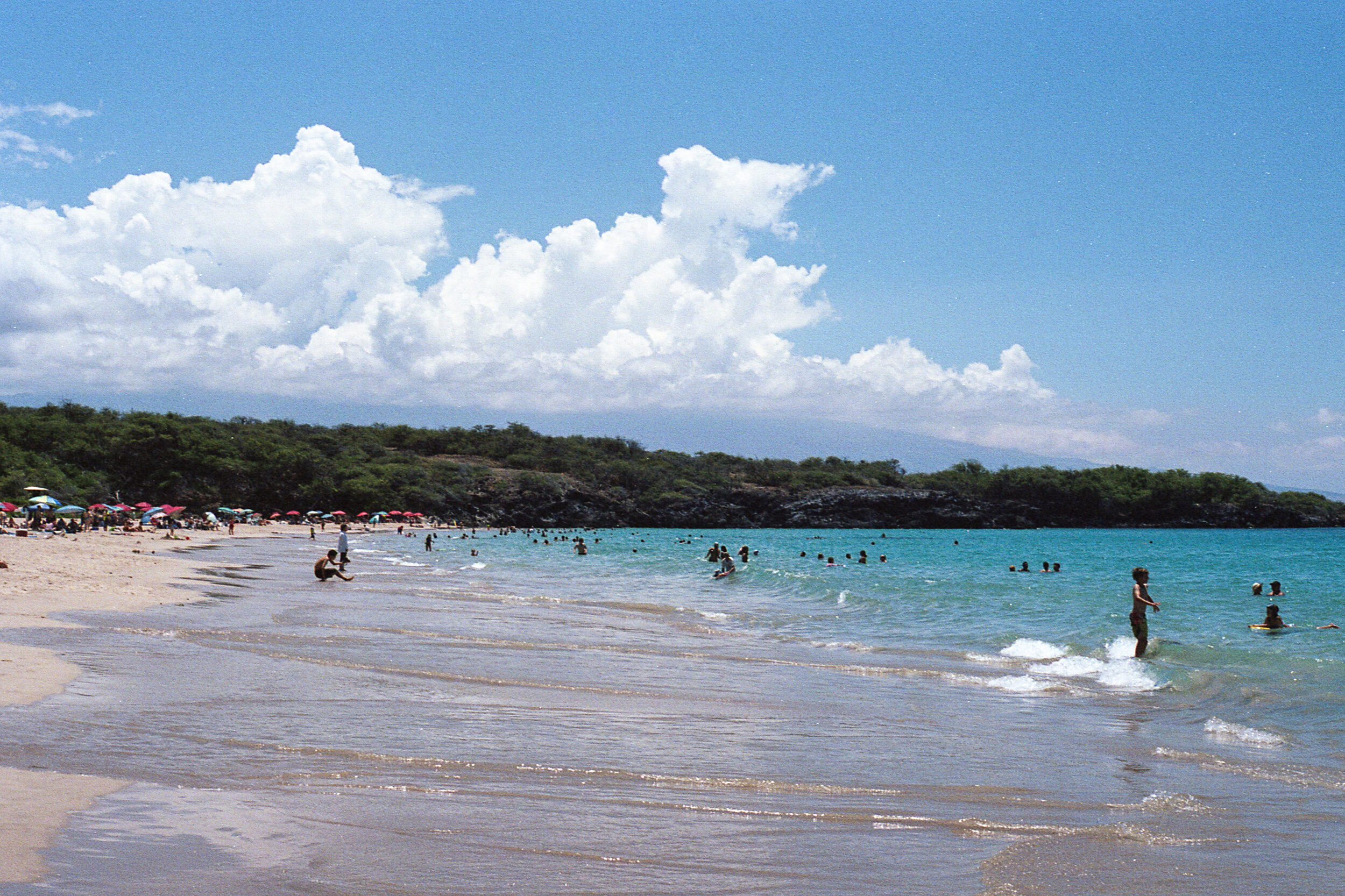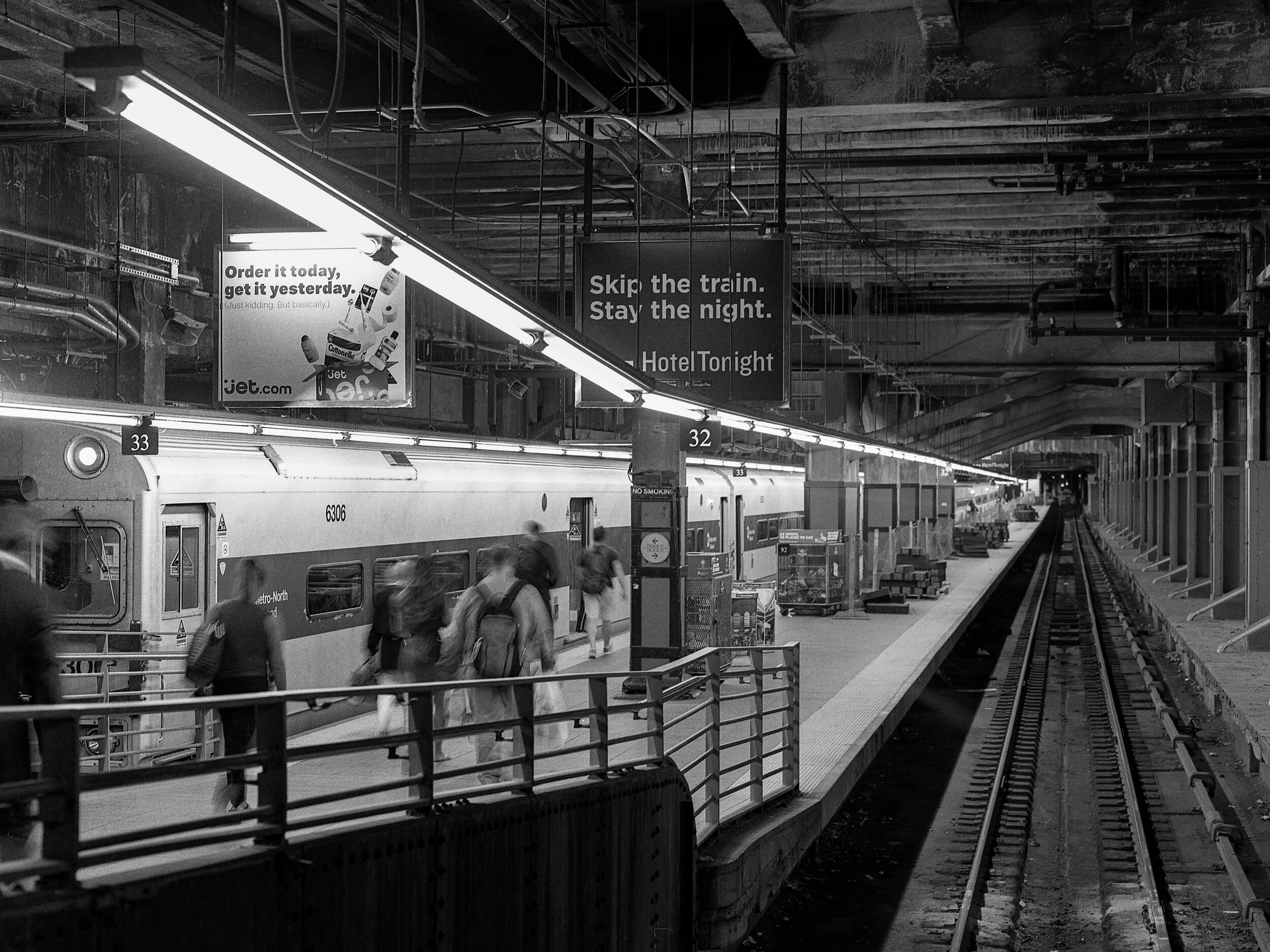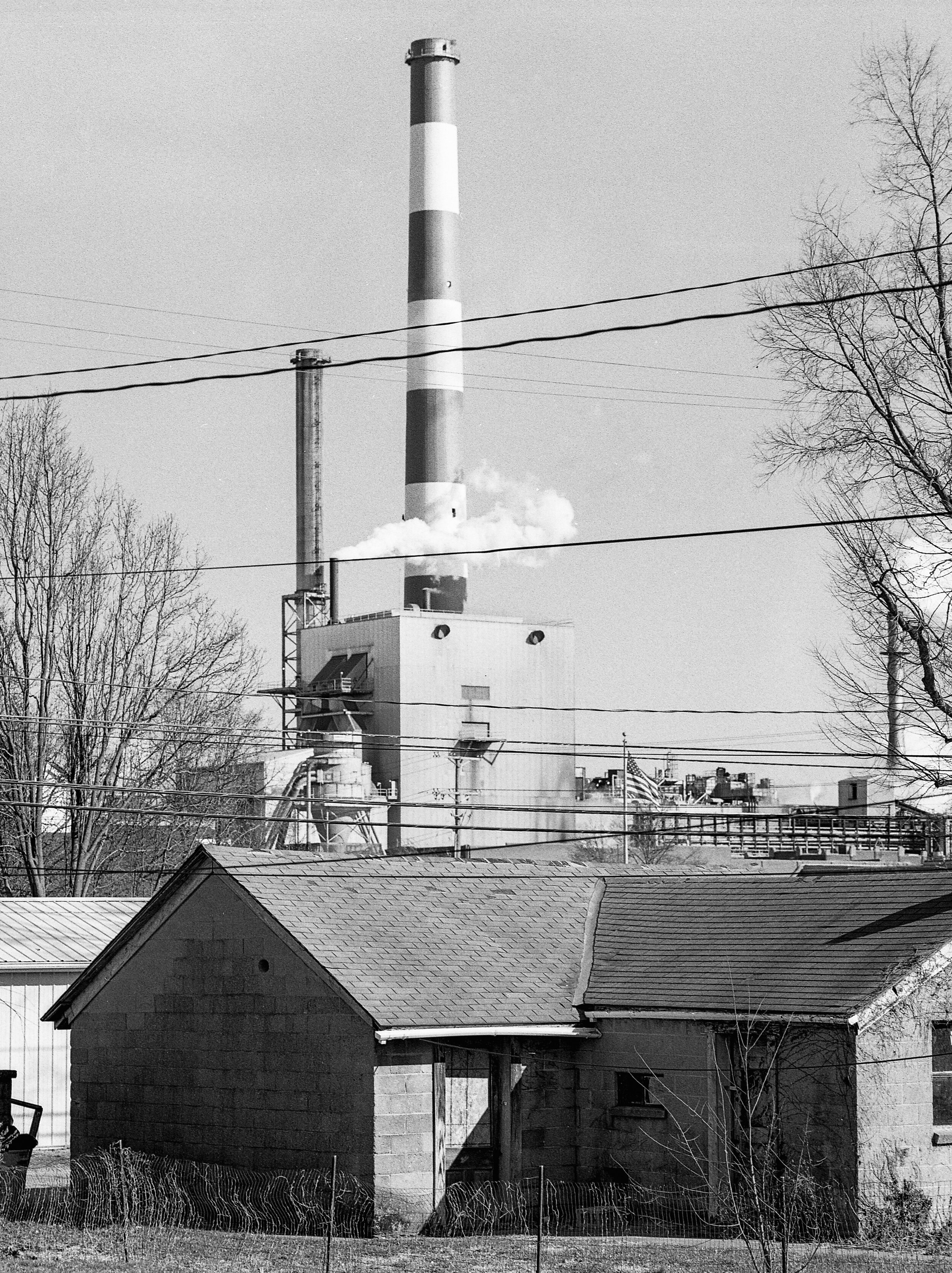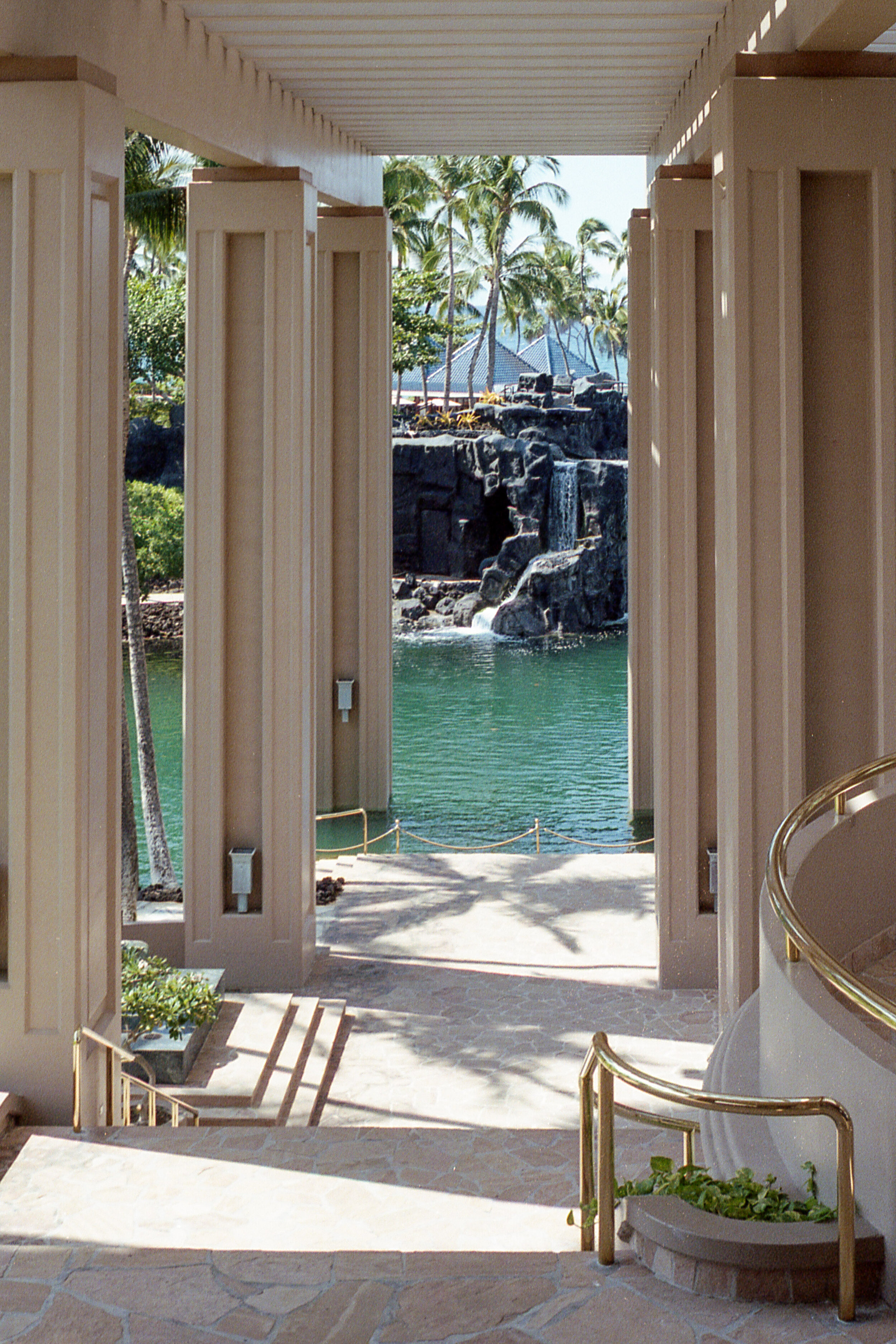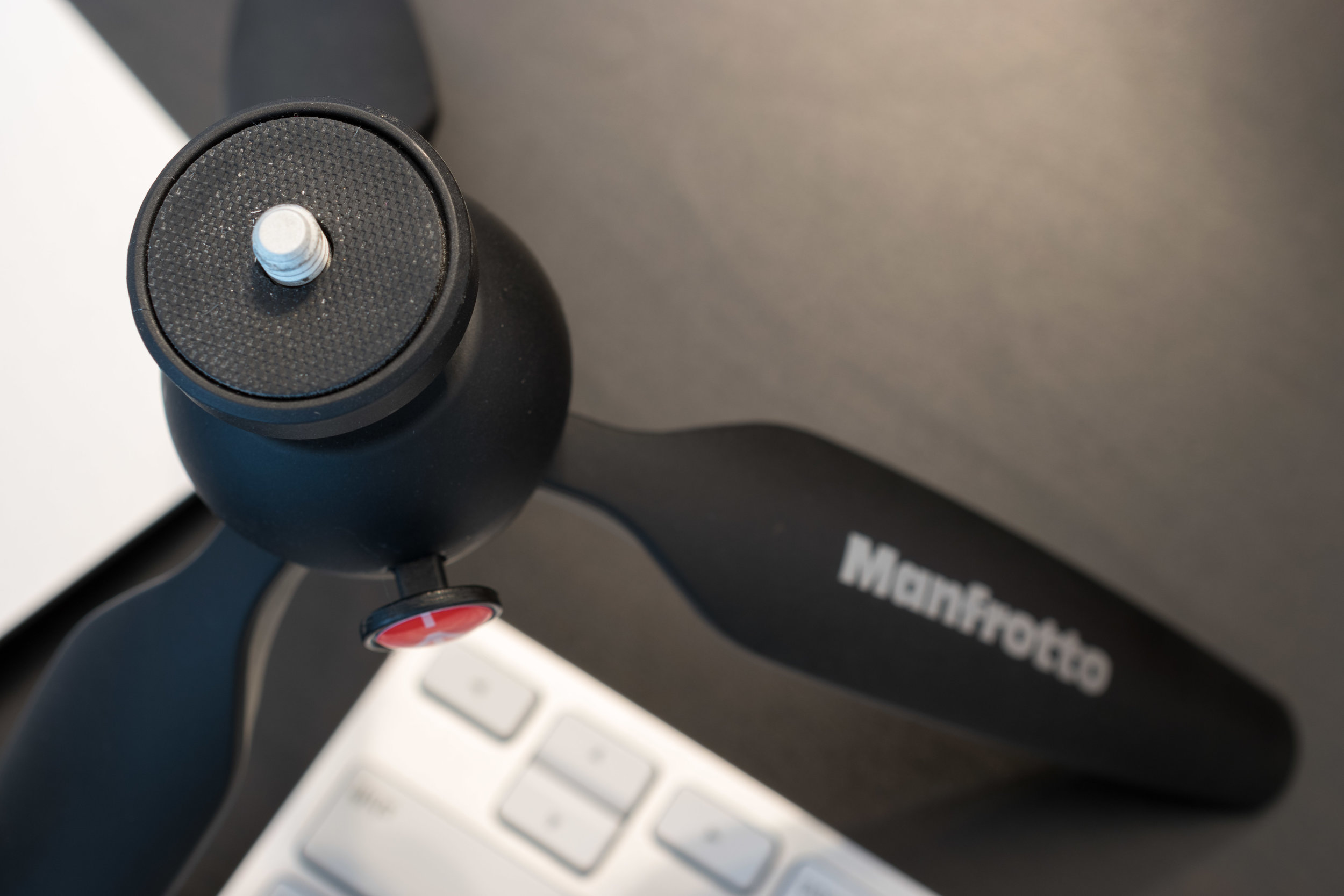Film isn't the most expensive part of analog photography and neither is the camera. Most film bodies go for around $100 and lower, and come coupled with a fast 50mm prime. Even development isn't expensive if you shoot black and white film. When you do the math using Kodak products like I do, you're spending about $1-2 per roll to develop the film. Scanning is by far the most expensive part of film development if you use a lab. For example, scanning your film with a professional service like the one near me in Columbus costs $18 per roll for 3200 dpi scans. You'd only have to shoot and scan about 11 rolls of film to break even, assuming you bought a V600 brand new at $200. With prices like that, the savings quickly add up when scanning at home. But which type of scanner is right for you?
Dedicate vs Flatbed Film Scanners
When I started shooting film I had two amazing scanners at my disposal - an Epson V750 and a Hasselblad X1. The Hasselblad scans a single frame at a time but can resolve an amazing amount of detail. The machine was complicated to use but produced results on par with lab scanning... which explains the $15,000 price tag. The Epson V750, on the other hand, could scan 24 frames per film holder at about the same speed as the X1. The biggest difference between the two was that I could set up a film holder on the Epson, make my adjustments, and walk away while it scanned the negatives. Both dedicated and flatbed scanners have their pros and cons, which I've outlined below.
Dedicated Film Scanners
There's a lot of options in this range, especially if you're only going to scan 35mm film. When I went looking for a film scanner, I ended up deciding between a Plustek dedicated scanner or an Epson flatbed. There's really no way around it: dedicated scanners will produce better results than flatbed scanners. They scan frame by frame, often requiring the user to manually advance the film holder. There are three main issues I had with these dedicated scanners: they only accept one format, require the user to manually advance the filmstrip, and can only hold one strip of negatives at a time. More advanced scanners have features that negate some of these issues, but they're far from the $200-300 price point I was looking for. If time isn't a concern and you want the best quality scans possible, a dedicated scanner is a good option.
Flatbed Scanners
Flatbed scanners are versatile. They'll scan documents and film of varying sizes, with the higher end scanners taking everything from 35mm to large format. They use specialized holders which flatten the film and automatically identify individual what type of film you have on the scanning bed. In Epson's case, this allows you to set up multiple strips of film, make adjustments, and let the scanner do its work - no manual advance needed. Flatbed scanners won't give you the same quality image as a comparable dedicated scanner, but will allow you to scan multiple formats and more exposures at one time.
A Note on Digital ICE - Digital ICE can be useful when scanning color negatives. It scans the film with an infrared laser to identify scratches on the negatives and makes the appropriate corrections to the final result. This technology is useful for color film but doesn't work for black and white. If you're looking to save some money on a dedicated film scanner, and shoot primarily black and white film, look for a scanner without this technology. Plustek specifically sells a model without Digital ICE, and it'll save you a bit of money.
Epson v600
The Epson Perfection V600 Photo is Epson's entry tier photo scanner, coming in around $200 on most sites like Amazon. This scanner can handle documents, 35mm, slide, and 120 film. Everything you need to scan is included in the box and setup is a breeze. The V600 uses the included film holders and EPSON Scan software to automatically identify the type of negative you're scanning and the individual frames. The scanner is a bit too small for large format so photographers with 4x6 or 8x10 negatives will need to look to the V600's older brothers, the V750 and V850.
The following negative holders are included with your purchase:
35mm / film slides - Holds 4 slides or 12 35mm frames (2 strips of 6 frames)
120 film - Up to 4 frames of 6x4.5 or 3 frames of 6x6
The process of scanning film with the V600 is easy and it's the primary reason I love this scanner. I use EPSON Scan which is the default scanning software provided by Epson. Other alternatives like Silverfast exist but I'm just not a fan of their interface, and I've been working with EPSON Scan since I first started scanning film with my college's V750.
This is the process I use to scan 35mm and 120 film:
Load the film into the negative holder emulsion side up (the matte side of the film)
Run anti-static cloth over negatives, dust off with compressed air to remove any visible dust
Dust off scanner bed with compressed air and check for finger prints
Remove the document backing from the scanner lid (if applicable), place negative holder onto V600 scanner bed
Close the scanner lid and start up EPSON Scan
Once in EPSON Scan, I prefer to scan my negatives at 3200 dpi (16 bit grayscale for black & white and 48 bit color for C-41). In my testing, anything beyond 3200 dpi hasn't produced a noticeable improvement in image quality. The V600 only has a real dpi of around 1500 dpi, so anything beyond 3200 dpi is a waste.
My favorite thing about the V600 is that I can preview 12 images, make my adjustments, then leave the scanner alone while I work on something else. I don't have to manually advance the film or make adjustments as I go which frees up time for me to get other things done. Scanning film isn't a quick process by any means and the ability to make dinner while my film scans is valuable when I'm stretched for time. Note that I have printed my scans before, but I wouldn't recommend printing larger than 8x10. I'd recommend the V600 for anybody who's looking to do their own scans at home without spending too much on a scanner. Look below for some examples of the different film stocks I've scanned on the V600.


